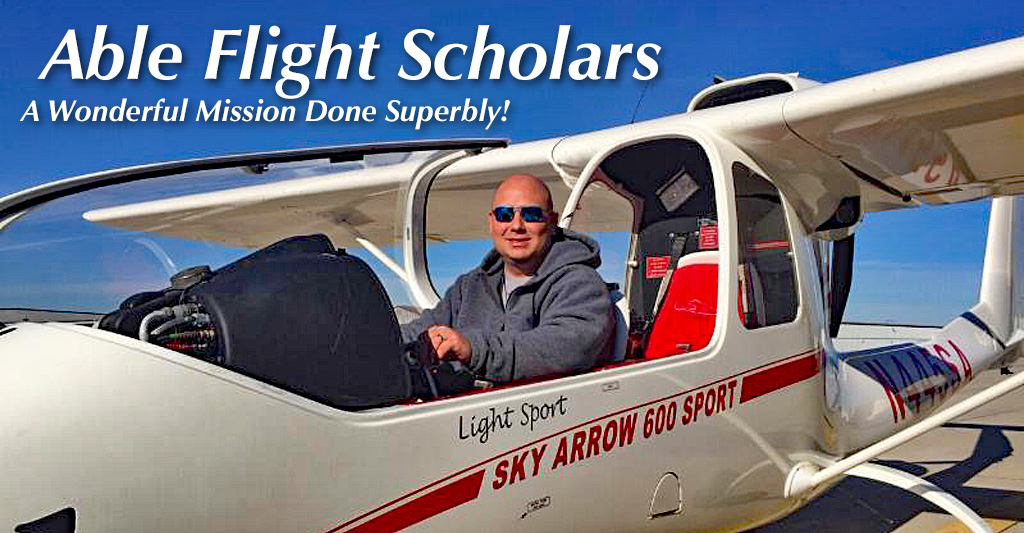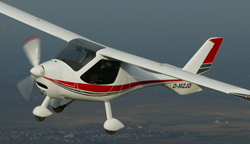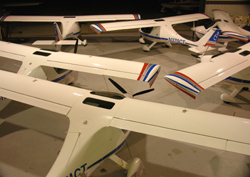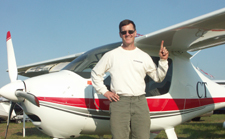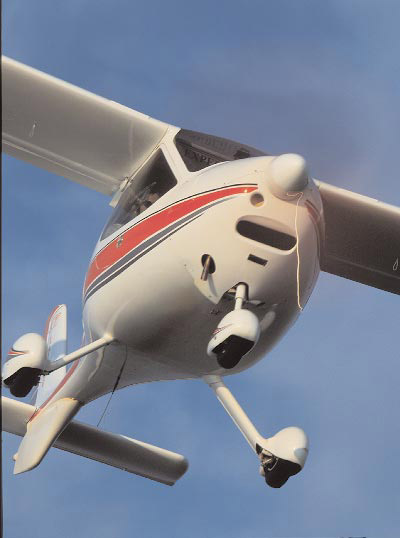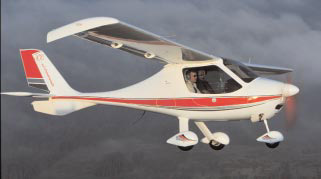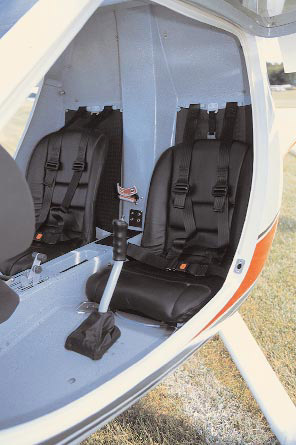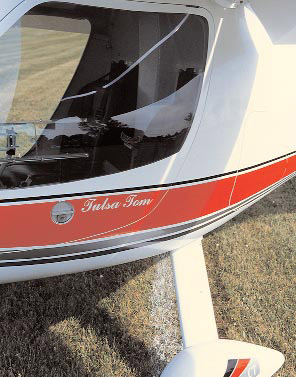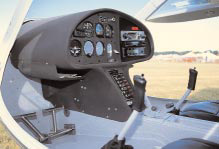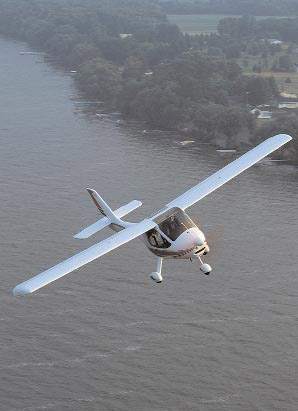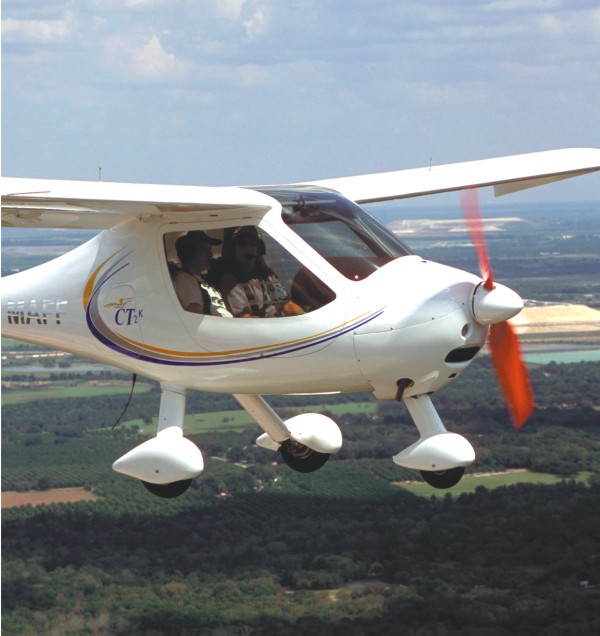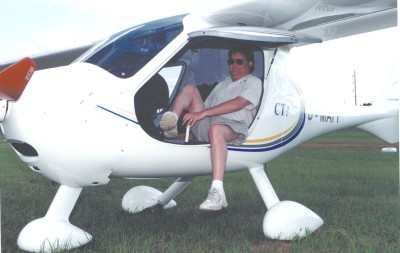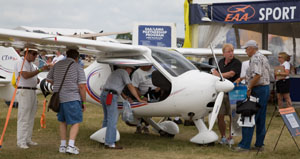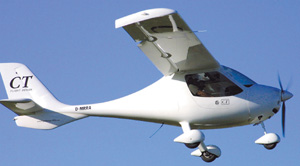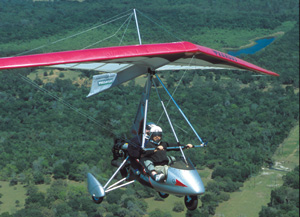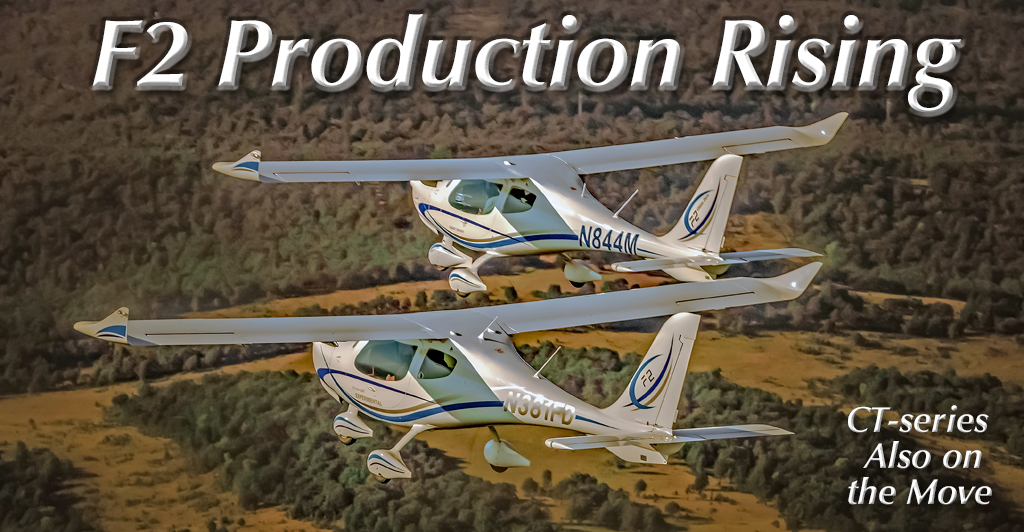
As we Floridians prepare to face Hurricane Milton starting later today, I’m pleased to give an update on one of our leading companies in the LSA space. I refer to Flight Design, which gained fame for the enviable success of its CT-series aircraft (CT2K, CTSW, CTLS, CTLSi, CT Super). In the United States, more of these models fly as LSA than aircraft from any other brand. In the USA, importing Flight Design aircraft is now handled by Airtime Aviation, a leader in its own right. For two decades, Airtime has been the nation’s #1 seller of Light-Sport Aircraft, delivering to American pilots a large percentage of those hundreds of CT-series aircraft. Importing was previously handled by Flight Design USA; regional dealers also contributed to enlarging the CT fleet in this country. The German designer has enjoyed good success in numerous countries. In addition to those many sales, Flight Design has long been a leader among western producers moving into Eastern Europe to take advantage of skilled technical workers and engineers.


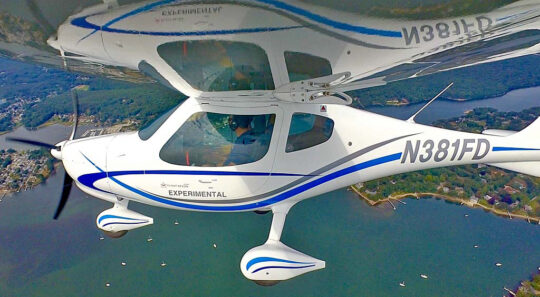
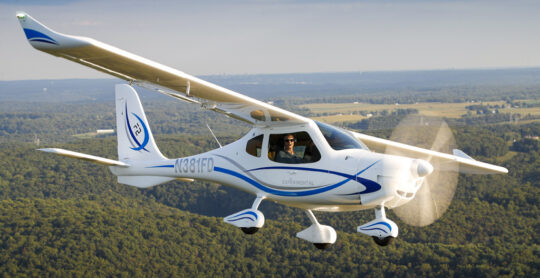
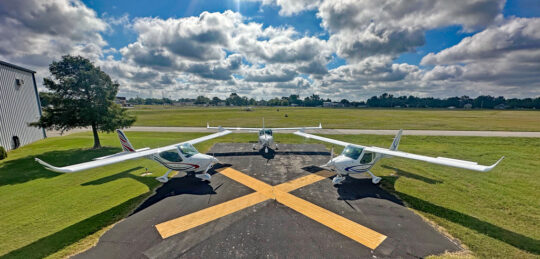 With headquarters in Eisenach, Germany, the company's primary production facility is now located in Sumperk, Czech Republic. For years, the Western European producer has been building aircraft in Kherson, Ukraine. Given daily news coverage, every American knows by now Ukraine has been in defense mode following the Russian invasion almost three years ago. After the situation became completely unworkable — Kherson was an early area to be bombed, then occupied by Russian troops — the company quietly removed tooling, inventory, raw materials, and even some workers to less hazardous facilities in the nearby Czech Republic.
With headquarters in Eisenach, Germany, the company's primary production facility is now located in Sumperk, Czech Republic. For years, the Western European producer has been building aircraft in Kherson, Ukraine. Given daily news coverage, every American knows by now Ukraine has been in defense mode following the Russian invasion almost three years ago. After the situation became completely unworkable — Kherson was an early area to be bombed, then occupied by Russian troops — the company quietly removed tooling, inventory, raw materials, and even some workers to less hazardous facilities in the nearby Czech Republic.
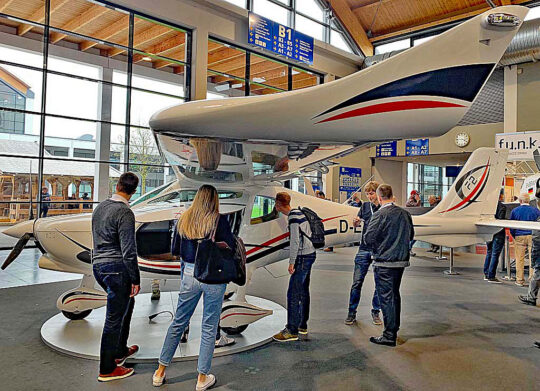
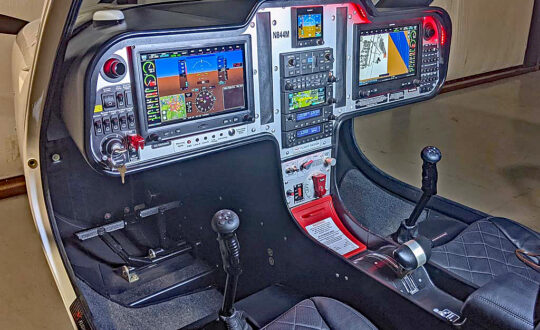
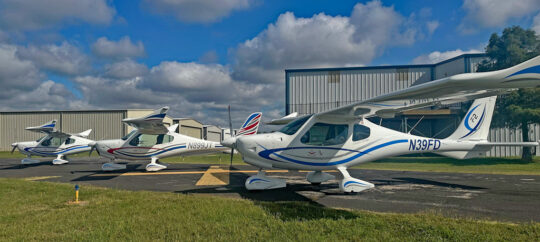 “We are very happy to be receiving more and more F2 aircraft," said Tom Gutmann Jr., manager of
“We are very happy to be receiving more and more F2 aircraft," said Tom Gutmann Jr., manager of 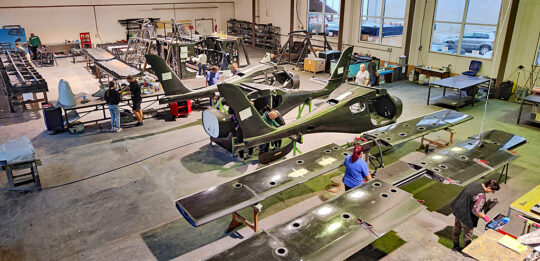 FAA’s proposed Mosaic regulation is widely expected to allow higher gross weights and double the speed envelope for the SLSA category. Flight Design envisioned this regulatory overhaul as engineers designed F2. The company believes their planning "will allow previously-delivered F2s to benefit from this significant rule change."
FAA’s proposed Mosaic regulation is widely expected to allow higher gross weights and double the speed envelope for the SLSA category. Flight Design envisioned this regulatory overhaul as engineers designed F2. The company believes their planning "will allow previously-delivered F2s to benefit from this significant rule change."
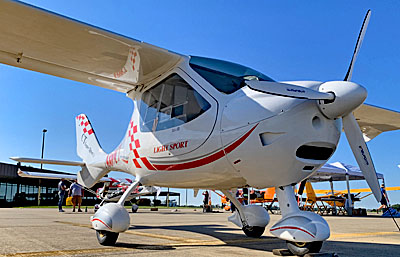 "We have recently moved production of the CT-series — including CTLSi and CT Super (nearby image), which continue to be popular worldwide — to our new partners in Kazakhstan. This allows us to focus more on the F2 at Sumperk,” said Daniel.
If you can't recall where Kazakhstan is, don't fret. Such remote fabrication has been used by Boeing and Airbus for many years. The parent company in Germany is permitted to sublet work to off-site facilities so long as they maintain control of the design and conduct regular oversight of production and quality control. After many years of doing exactly that in Ukraine, Flight Design is well equipped to pursue building its CT-series in Kazakhstan, Central Asia.
"We have recently moved production of the CT-series — including CTLSi and CT Super (nearby image), which continue to be popular worldwide — to our new partners in Kazakhstan. This allows us to focus more on the F2 at Sumperk,” said Daniel.
If you can't recall where Kazakhstan is, don't fret. Such remote fabrication has been used by Boeing and Airbus for many years. The parent company in Germany is permitted to sublet work to off-site facilities so long as they maintain control of the design and conduct regular oversight of production and quality control. After many years of doing exactly that in Ukraine, Flight Design is well equipped to pursue building its CT-series in Kazakhstan, Central Asia.

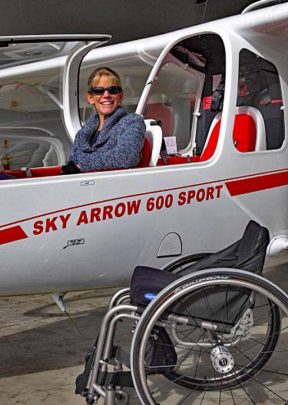
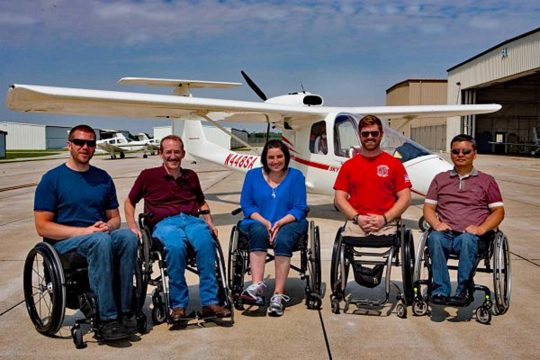
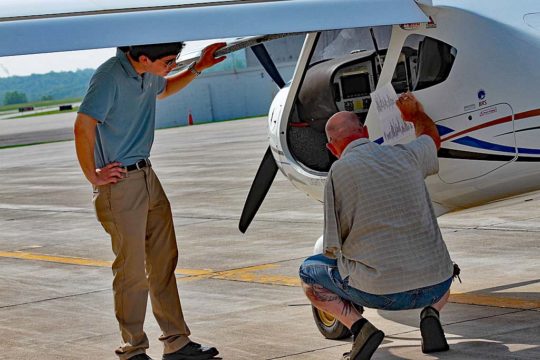
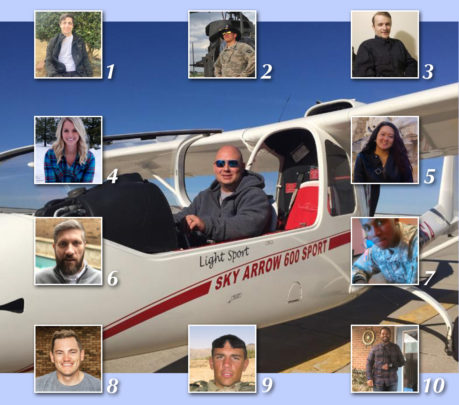 The members of the Able Flight “Class of 2020” are as follows (numbered according to photo, not in any order of importance):
Chris Murad (1) of Georgia. Chris recently graduated from Georgia Tech with an aerospace degree. He became paralyzed in 2016 when shot during a robbery as he was leaving work. Chris will train at Purdue University.
Joshua Martin (2) of Texas. Joshua is a graduate of West Point who trained and served as a Special Operations helicopter pilot before losing his lower left leg due to a motor vehicle accident in 2018. With his scholarship, Joshua will return to flying by earning his fixed-wing pilot certificate. Joshua will train at Purdue University.
Michael Price (3) of North Dakota. Michael is a graduate of Penn Foster University in Fargo, ND, and had his first flight as part of an introductory program in 1997. That same day he became paralyzed due to injuries from a car accident. Michael will train at Purdue University.
The members of the Able Flight “Class of 2020” are as follows (numbered according to photo, not in any order of importance):
Chris Murad (1) of Georgia. Chris recently graduated from Georgia Tech with an aerospace degree. He became paralyzed in 2016 when shot during a robbery as he was leaving work. Chris will train at Purdue University.
Joshua Martin (2) of Texas. Joshua is a graduate of West Point who trained and served as a Special Operations helicopter pilot before losing his lower left leg due to a motor vehicle accident in 2018. With his scholarship, Joshua will return to flying by earning his fixed-wing pilot certificate. Joshua will train at Purdue University.
Michael Price (3) of North Dakota. Michael is a graduate of Penn Foster University in Fargo, ND, and had his first flight as part of an introductory program in 1997. That same day he became paralyzed due to injuries from a car accident. Michael will train at Purdue University.
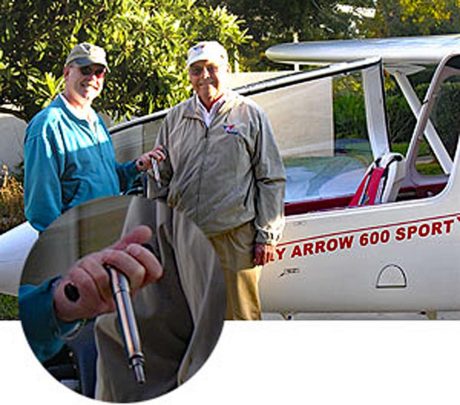
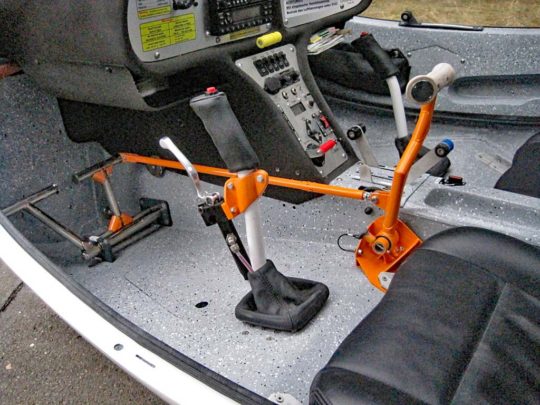
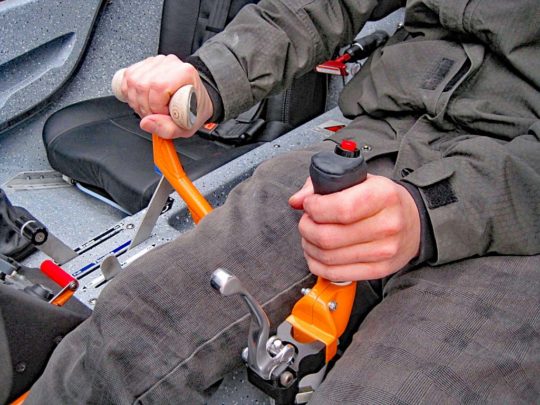 Steven Curry (9) of Virginia. Steven served in the U.S. Army in both Afghanistan and Iraq. His plans to secure a Warrant Officer training slot to become a helicopter pilot ended when injuries from an IED required the amputation of his left leg below the knee. Steven with train at Aviation Adventures in Virginia.
David Snypes, Jr. (10) of New York. David is a veteran of the U.S. Army having served from 2009 to 2016, including tours in Afghanistan. In 2016, he lost the use of his left arm due to injuries sustained in a motorcycle accident. David will train at Purdue University.
The preceding list is only for this year.
Steven Curry (9) of Virginia. Steven served in the U.S. Army in both Afghanistan and Iraq. His plans to secure a Warrant Officer training slot to become a helicopter pilot ended when injuries from an IED required the amputation of his left leg below the knee. Steven with train at Aviation Adventures in Virginia.
David Snypes, Jr. (10) of New York. David is a veteran of the U.S. Army having served from 2009 to 2016, including tours in Afghanistan. In 2016, he lost the use of his left arm due to injuries sustained in a motorcycle accident. David will train at Purdue University.
The preceding list is only for this year. 